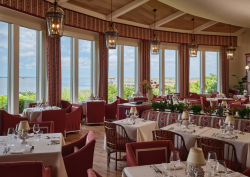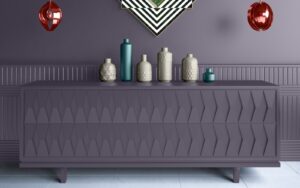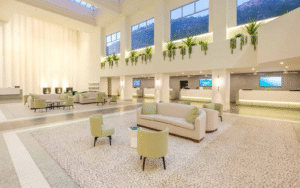In the third article in an exclusive ‘wellness series’ with Hotel Designs, interior designer Wren Loucks, CEO and Creative Director of Be-kin, explores the psychological benefits of adapting with the seasons in interior design and hospitality…

Imagine, for a moment, a hotel that moves and shifts with the seasons. A hospitality space where the interior and external environment align, providing guests with a rich and dynamic sensorial experience throughout the year.
This is the beautiful opportunity on the table for all hotels, as we move into an age where consumers care more and more about their wellbeing, and that of the planet. Before I dive into the science behind seasonal design, and how to implement it, I’d like to share a personal story.
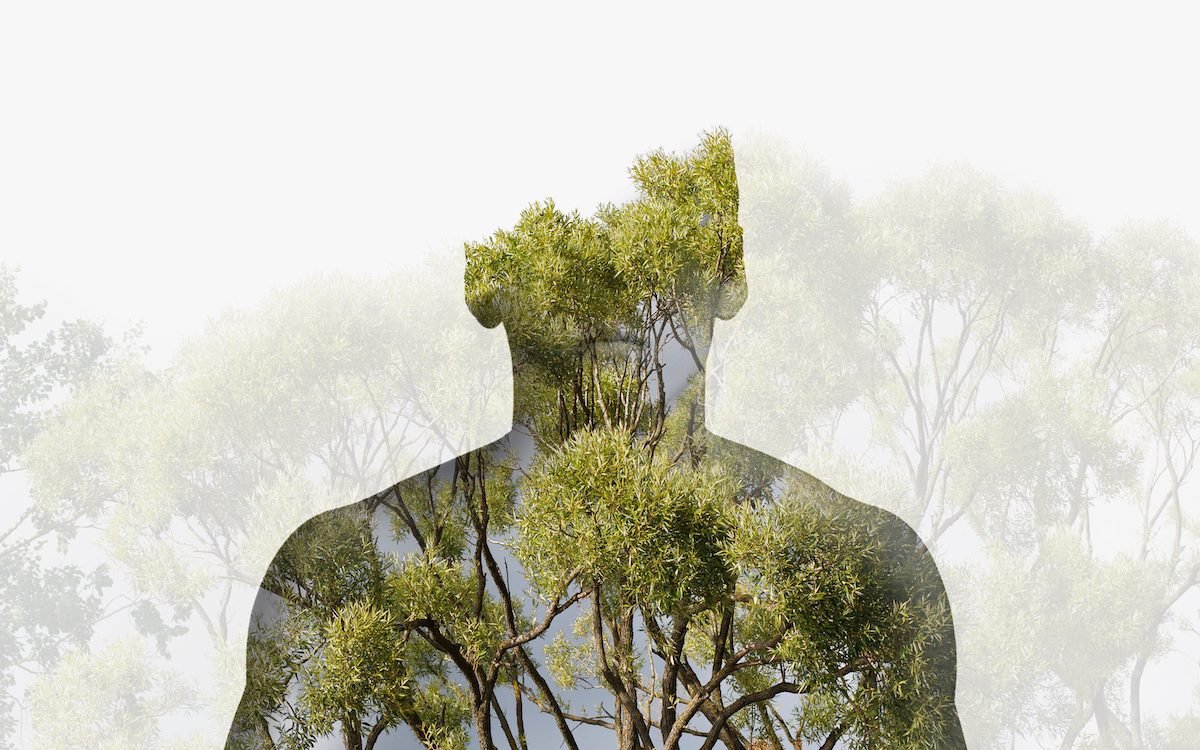
Image credit: Be-kin
Last February, I spent some time at a retreat space in Margate, Kent. I experienced a beautiful alignment of the interior space with the exterior environment – as if they hugged one another, to provide me with a holistic experience:
In the mornings, I spent time walking along the coast. The thick, fast wind slapped my body with a sense of untamed wildness – the sounds of waves crashed unapologetically along the coastline, as my feet apprehensively moved across the uneven path. After these walks, I would return to my holiday apartment and submerge myself in the deep, claw-foot bathtub – the softness of the warm, aromatherapy-infused bath water gently enveloped me, balancing the rawness and unpredictability of the outside. The contrast between both experiences made each one richer.
In the evenings, as the natural light of the day dropped, I’d light a fire. The sound of crackling wood, and the mesmerising visual of flames, invited me into a space of introspection. The darkness does this, and it’s beautiful to embrace it. In fact, during this trip I read ‘Wintering’ by Katherine May, who explores how we can think of different stages of our life as different seasons.
Why & how to design with the seasons
“The goal of life is to make your heartbeat match the beat of the universe, to mature your nature with Nature.” – Joseph Campbell.
The truth is, our sense of wellbeing increases when our interior spaces align with nature. I still daydream about my sensory-rich time in Margate – and isn’t that what all hotel operators want? To ground a good memory in the physicality of their spaces, so that guests keep coming back.
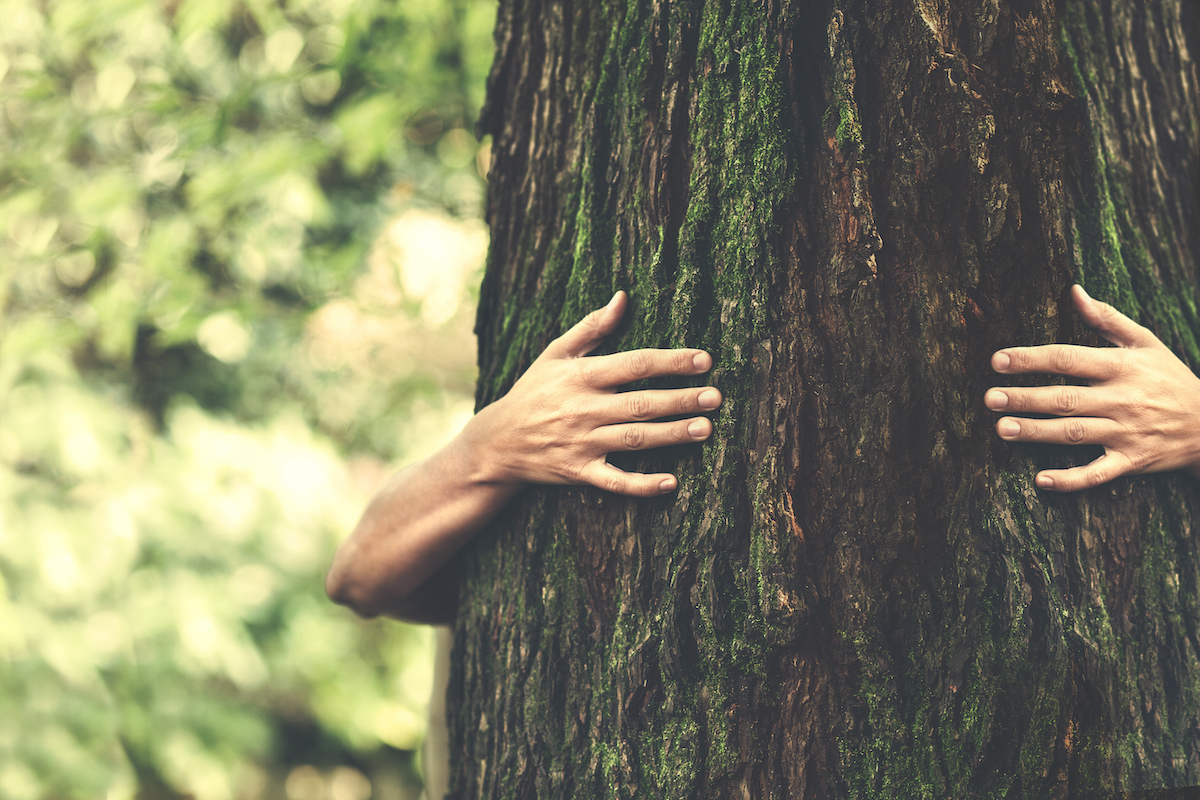
Image credit: Be-kin
Sensorial design considers how we can work with the senses to stimulate wellbeing. Whilst aspects of a design may be fixed (e.g., the colour of the walls, the furniture), sensorial elements can be adapted across the seasons.
Here are a few ways to implement seasonal design:
Sound
Use biophilic soundscapes. In my previous article on sound, I talk about GetSound.Ai. They create soundscapes that are inspired by the sounds of nature, and your local temperature and time of day. This is a beautiful example of how AI and technology can be mindfully used to bring us closer to nature.
Go deeper still, and use sound to balance the external temperature. In the winter, richer, heavier sounds (e.g., orchestral symphonies) can help balance the starkness of the season whereas in the heat of the summer months, light acoustic and folk music can feel refreshing.
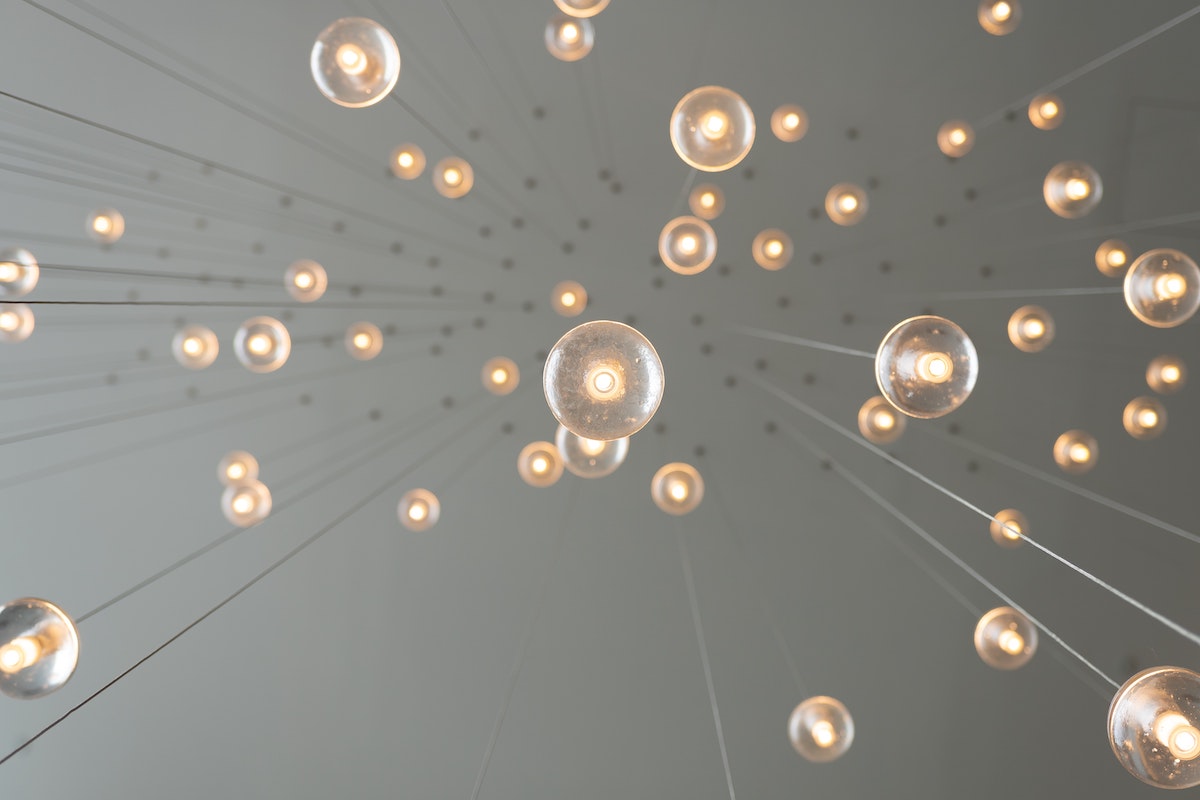
Image credit: Unsplash/Skye Studios
When it comes to producing sound, you must be mindful of the speaker quality. Have you heard of spatial audio? Spatial audio helps us more accurately recreate the experience of real-world listening. It’s more immersive than listening to music on headphones. Why is this important? Because findings, published in the likes of Forbes, suggest that it induces a more relaxed state of attention and overall wellbeing.
Smell
Create a seasonal scent story. A forest smells differently at different times of year. In the summer, the sweetness of flowers infuses the air, in the autumn the crisp air inspires a sense of raw vitality. Think about how you can create a scent story for your hotel, that shifts with the seasons. This can include fragrance in the communal areas, as well as toiletries in the bedrooms.
Be inspired by vernacular plants. Years ago, I completed an aromatherapy course at Kew Gardens. It was beautiful to see and touch the plants and trees and then smell their essence. Think about how you can connect your scent story, to the regional plants—connecting inside and outside directly.
Lighting
Explore circadian lighting systems. A circadian lighting system, which aligns the interior lighting to sunrise and sunset, can aide in relaxation and better sleep. To learn more about this, you can research chronobiology.
Avoid light pollution. Think about how to light your exterior environments, without creating vast amounts of unnecessarily light pollution. Holidays are the perfect time to dream—and being able to invite guests to look up and see the stars, can inspire them, and create a sense of peace.
Use natural light. Where possible, use natural light. This includes daylight, and the light of a fire and candles.
Taste
Perhaps the most obvious way to introducing seasonal hospitality is in F&B. This is more sustainable for the environment and provides a deeper connection with your community—supporting social sustainability.
Designing with the seasons, and across the senses, will provide guests with a very rich and meaningful experience. It will also encourage us as Designers, to remember the magnificent of Mother Earth—and how it is such an abundant source of inspiration.
Main image credit: Be-kin





